On July 21, Hue Central Hospital organized the discharge of the 8th, 9th and 10th allogeneic bone marrow transplant patients to treat Thalassemia (congenital hemolytic anemia), along with the 50th autologous bone marrow transplant patient.
Notably, the 9th and 10th transplants were the first two cases of incompatible allogeneic stem cell transplantation in Vietnam, performed successfully using the immune fusion technique, marking an important step forward in hematopoietic stem cell transplantation, opening up more chances of survival for many patients with fatal genetic hematological diseases.
The 50th autologous stem cell transplant was performed on a child patient TTD (5 years old, residing in Lam Dong province), suffering from high-risk neuroblastoma. After a partial response to the induction treatment, the child was scheduled for an autologous stem cell transplant on May 6.
By the 28th day after transplantation, platelets and granulocytes had recovered. The patient is currently being prepared for post-transplant radiotherapy.
The allogeneic bone marrow transplants discharged from the hospital were performed on children aged 2-10 years old. Among them, the allogeneic bone marrow transplants in NHH (2 years old, from the old Bac Giang province) and LNH (10 years old, from Da Nang) were two cases of transplants with incompatible blood types.
The hospital used pre-transplant immunosuppression to limit the separation of red blood cells in the stem cell bag, helping to preserve the maximum number of stem cells obtained.
Although patient LNH had complications of sepsis, he recovered completely, with granulocytes and platelets recovering on days 19 and 16, respectively.
Since implementing bone marrow transplantation in November 2019, Hue Central Hospital has performed 60 bone marrow transplants for children, including 10 allogeneic bone marrow transplants for Thalassemia and 50 autologous bone marrow transplants for solid tumors such as high-risk neuroblastoma, metastatic retinoblastoma, and recurrent non-Hodgkin's Lymphoma (tumors originating from lymphoid tissues, mainly lymph nodes).
According to Professor, Dr. Pham Nhu Hiep, Director of Hue Central Hospital, of the 10 successful allogeneic bone marrow transplants performed at the unit, there were 8 cases with compatible blood types with the donor and two cases with incompatible blood types.
With current protocols, incompatibility requires red blood cells to be separated from the stem cell bag. Separation reduces the quality of the stem cells.
Hue Central Hospital was the first place to perform the immune fusion technique. The unit transfused the donor's blood group with increasing volumes into the recipient's body, with volumes from 5ml on the first day, 10ml on the second day, 20ml on the third day and 40ml on the fourth day; then tested the antibody titer again.
If the antibody titer is less than 1/32, then red blood cell apheresis from the stem cell bag is not necessary.
Stem cell transplantation is an advanced technical method, helping to treat and cure many blood diseases and cancers. Success in these techniques marks a major turning point, bringing great opportunities for children with thalassemia, no longer dependent on blood transfusions, at the same time, helping to prolong the lives of children with solid tumors.
Hue Central Hospital is the first place to deploy these techniques in the Central Highlands region and is the third medical facility in Vietnam to perform this technique./.
Source: https://www.vietnamplus.vn/buoc-tien-quan-trong-cua-nganh-y-viet-nam-trong-ky-thuat-ghep-te-bao-goc-tao-mau-post1050874.vnp


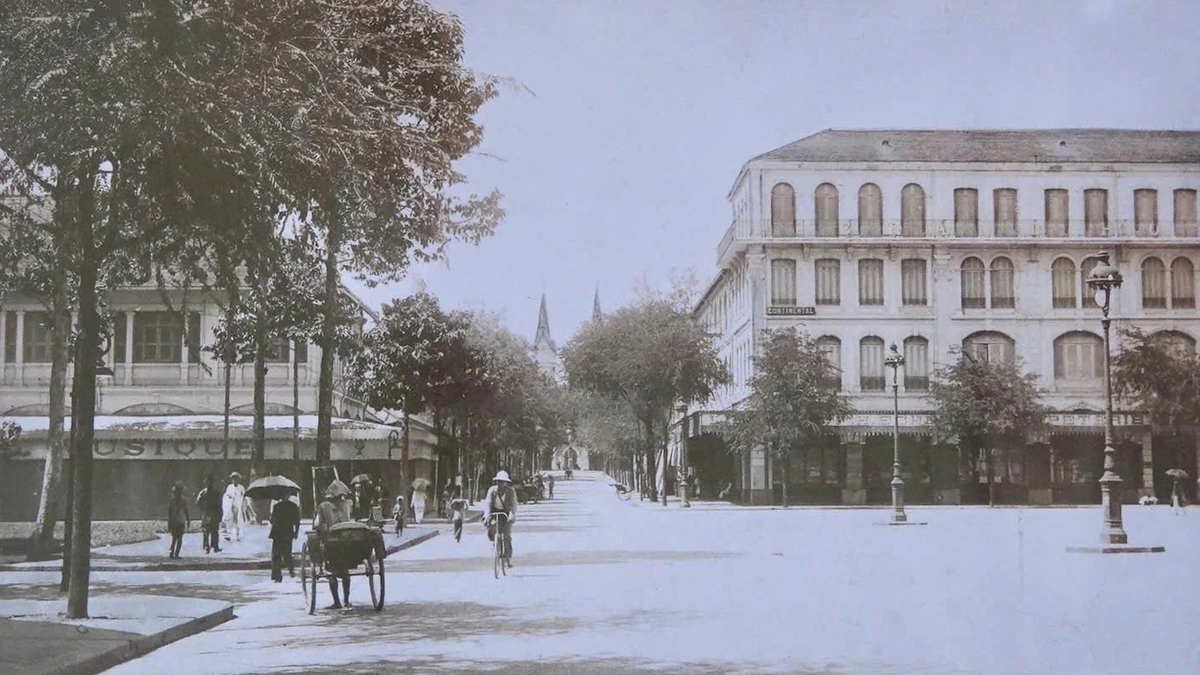
![[Photo] National Assembly Chairman Tran Thanh Man holds talks with Hungarian National Assembly Chairman Kover Laszlo](https://vphoto.vietnam.vn/thumb/1200x675/vietnam/resource/IMAGE/2025/10/20/1760952711347_ndo_br_bnd-1603-jpg.webp)
![[Photo] The Steering Committee of the 2025 Fall Fair checks the progress of the organization](https://vphoto.vietnam.vn/thumb/1200x675/vietnam/resource/IMAGE/2025/10/20/1760918203241_nam-5371-jpg.webp)
![[Photo] Chairman of the Hungarian Parliament visits President Ho Chi Minh's Mausoleum](https://vphoto.vietnam.vn/thumb/1200x675/vietnam/resource/IMAGE/2025/10/20/1760941009023_ndo_br_hungary-jpg.webp)

![[Photo] Solemn opening of the 10th Session, 15th National Assembly](https://vphoto.vietnam.vn/thumb/1200x675/vietnam/resource/IMAGE/2025/10/20/1760937111622_ndo_br_1-202-jpg.webp)
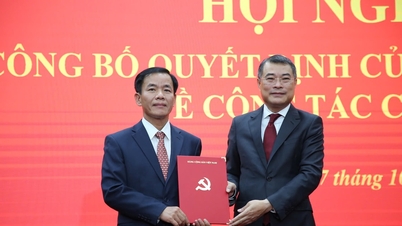

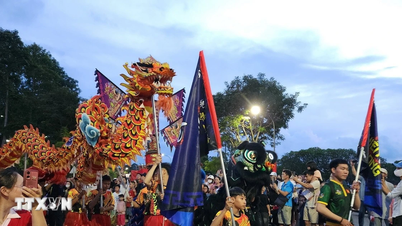
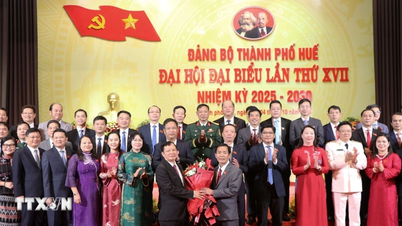
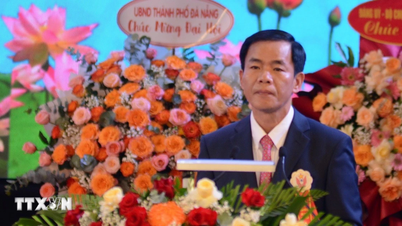
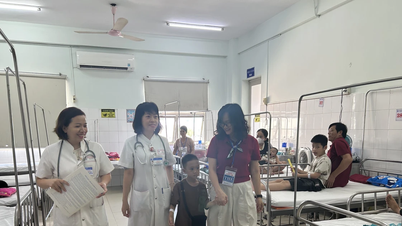
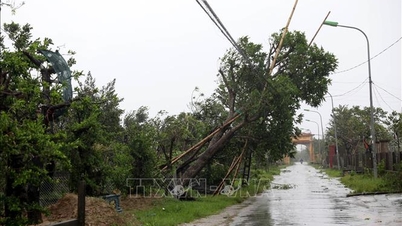



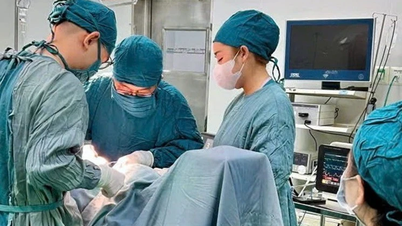
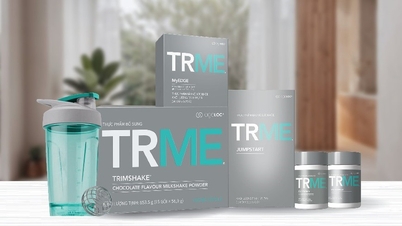

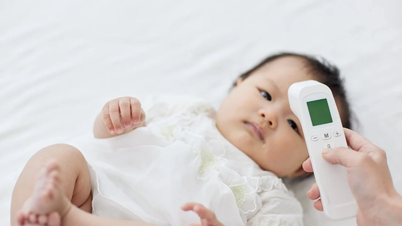

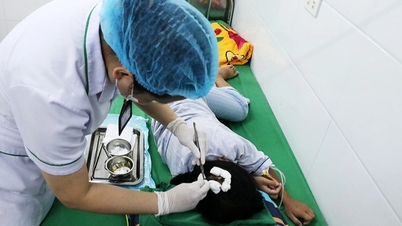
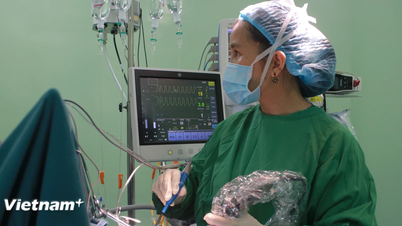




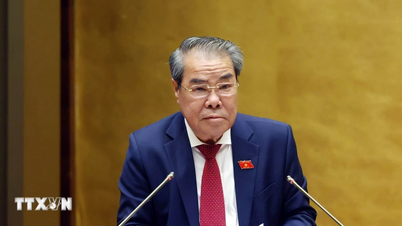
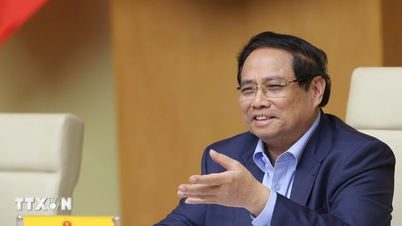
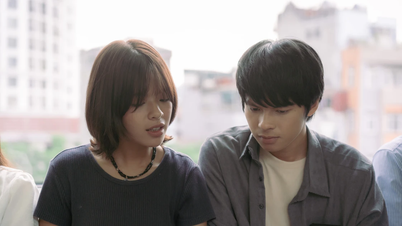
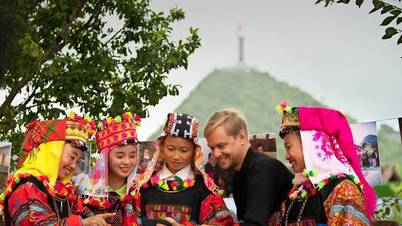
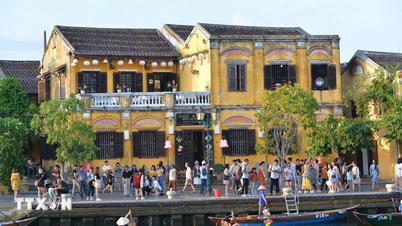
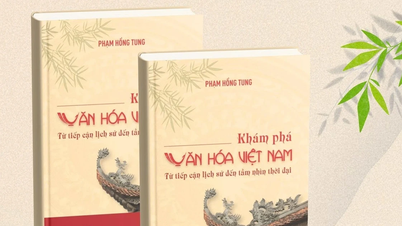
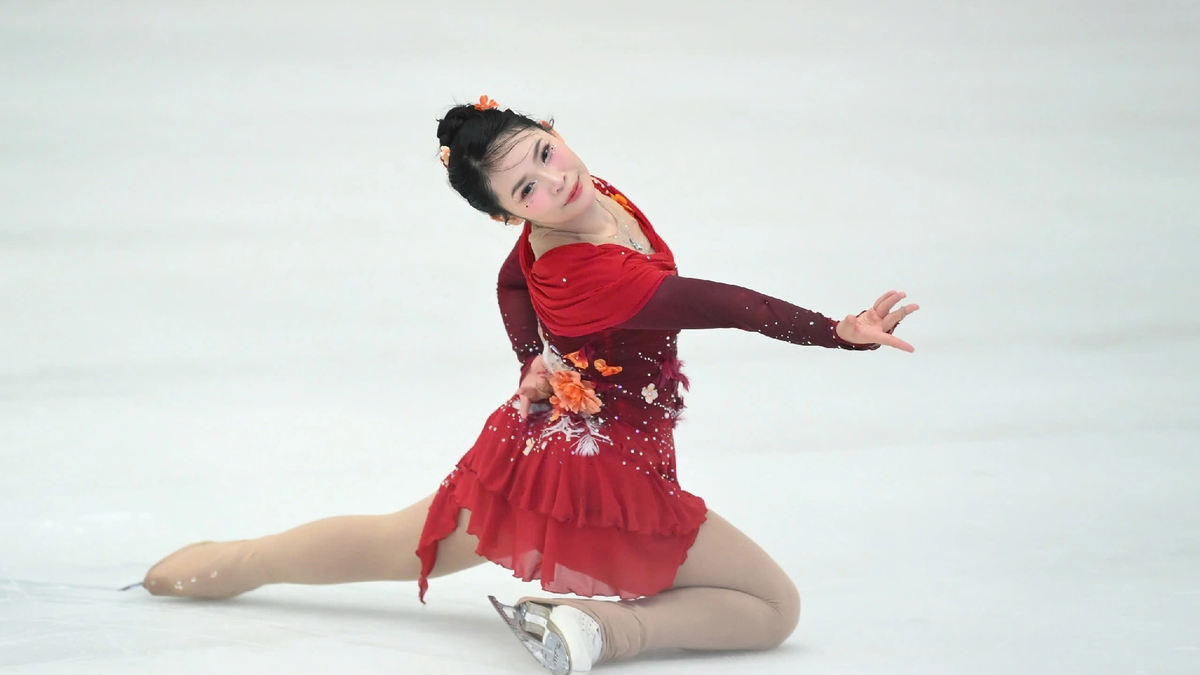
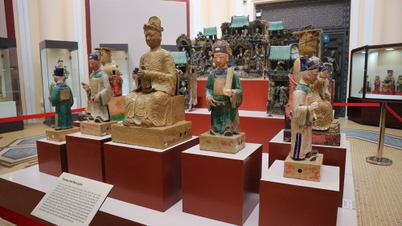

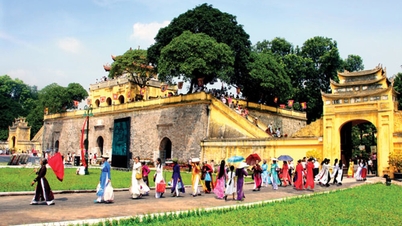

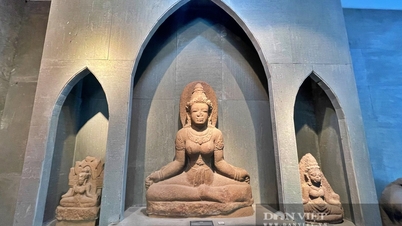

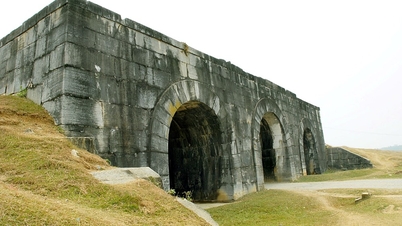
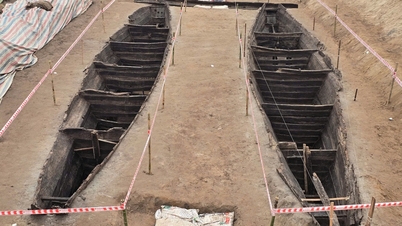
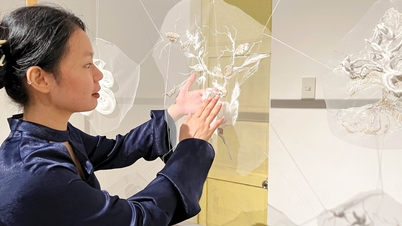

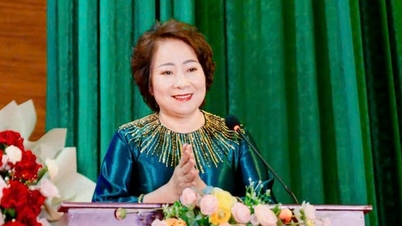


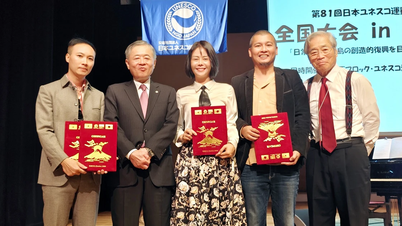
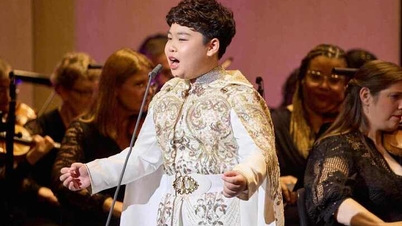

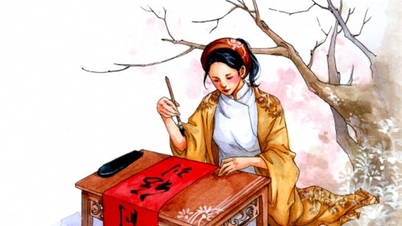
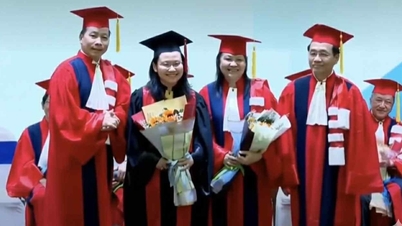

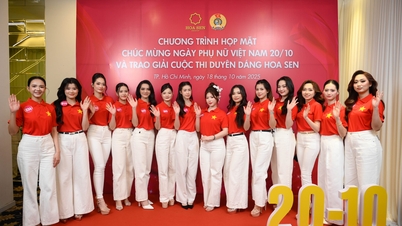

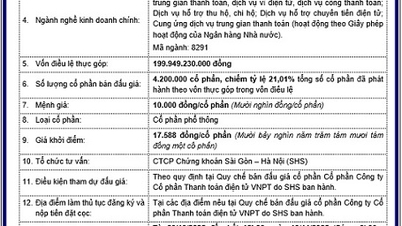
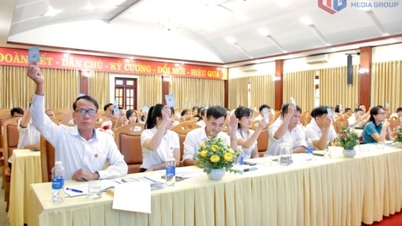

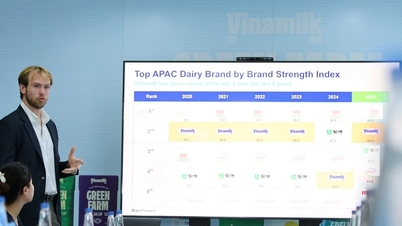

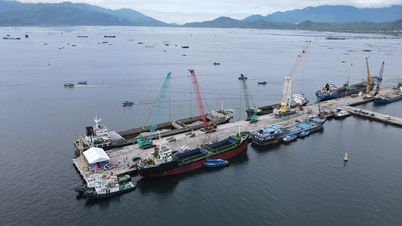




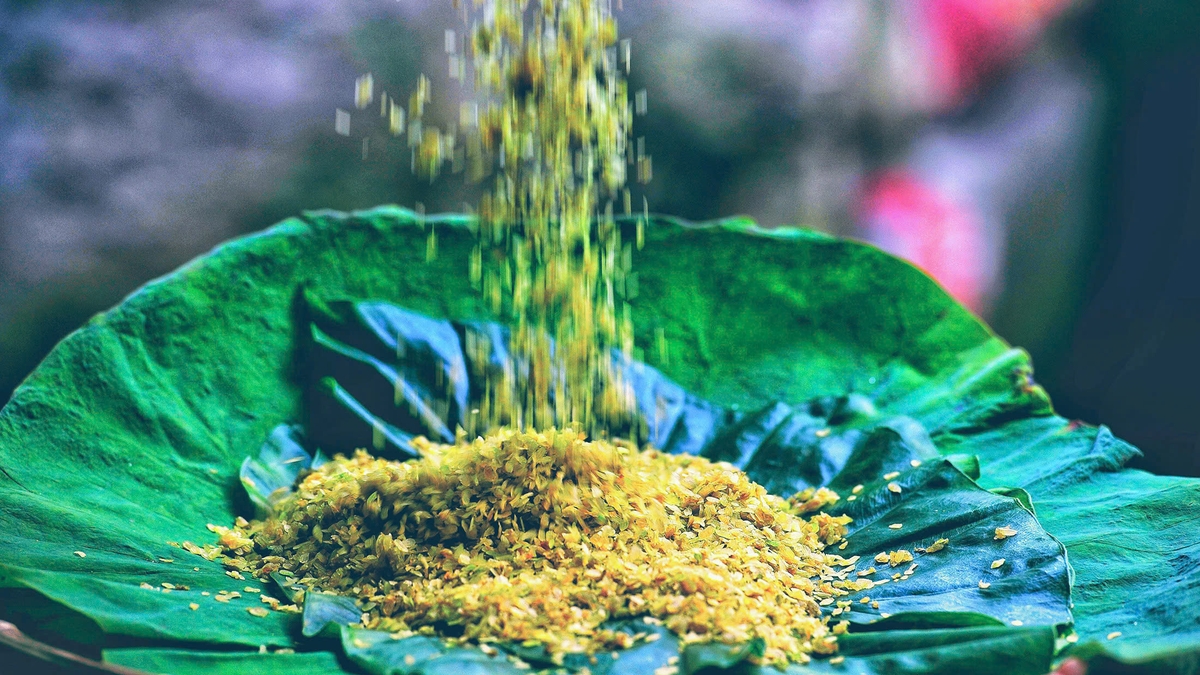


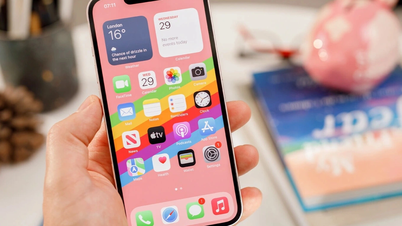
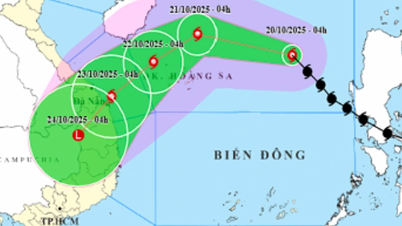

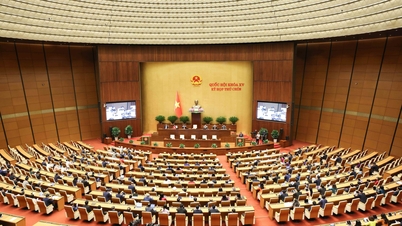

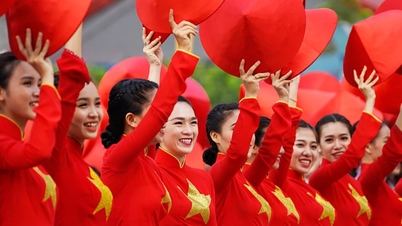
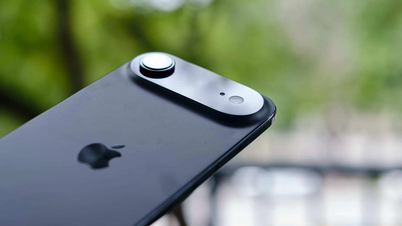
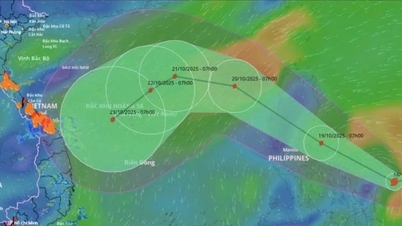

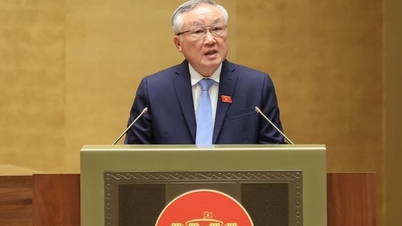

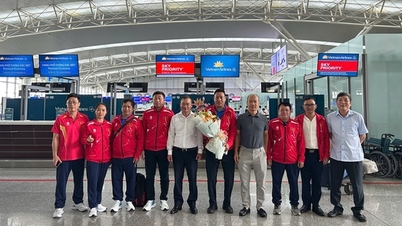
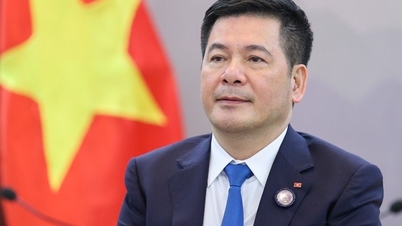
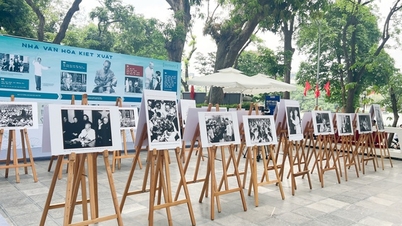
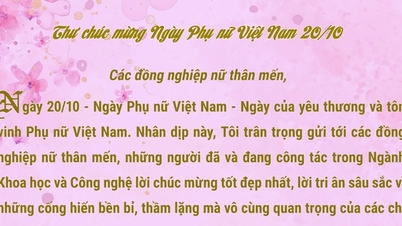

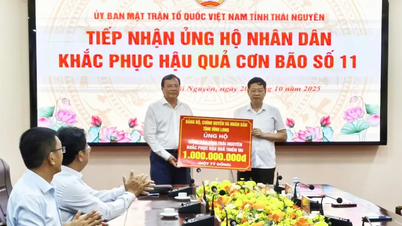

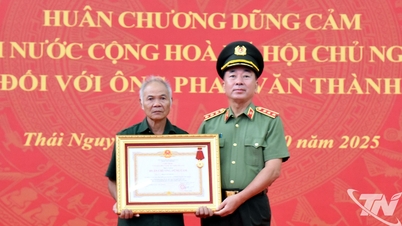

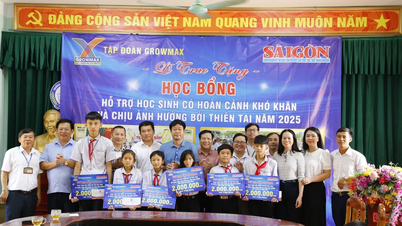
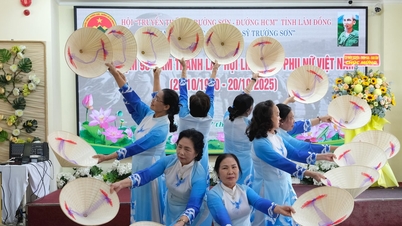

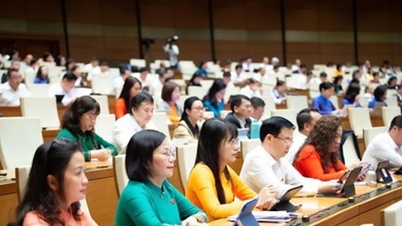
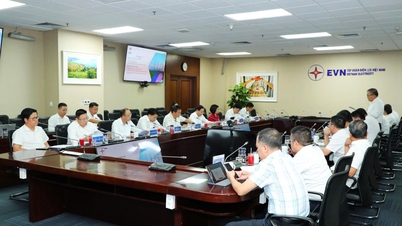

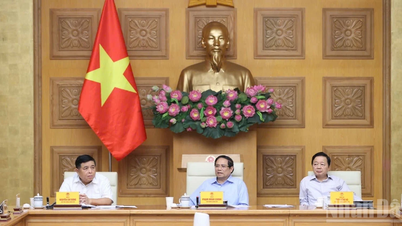
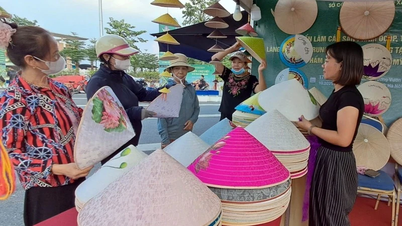
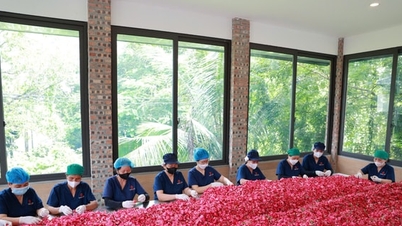
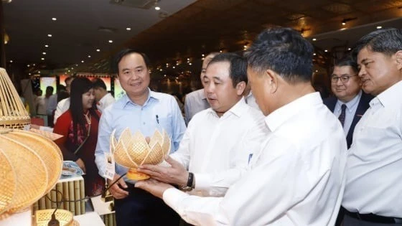

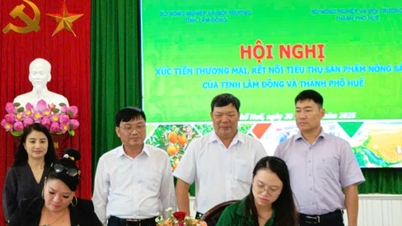





Comment (0)